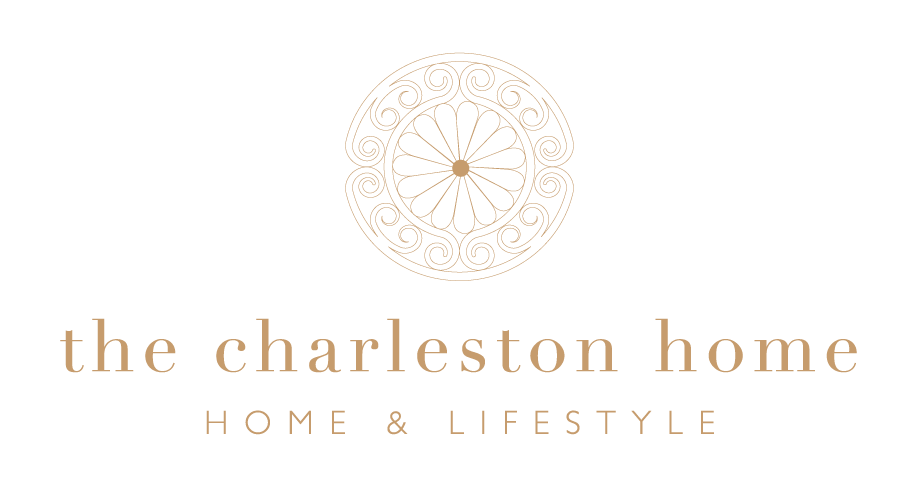Detoxing My Charleston Home Week No. 1 | Scented Plug-Ins
Check out the list of ingredients in the lavender Air Wick plug ins I had all over my house up until a couple days ago (and I am literally cringing as I copy and paste this)…
Dipropylene glycol monomethyl ether (aka dipropylene glycol methyl ether
1,7,7-Trimethylbicyclo[2.2.1]heptan-2-one
Linalyl acetate, which the database says is “isolated from numerous plants and essential oils, e.g. clary sage, lavender, lemon etc.” (Apparently, this is where Air Wick’s product gets its lavender smell.)
Terpineol
1,1-Dimethyl-2-phenylethyl acetate
Hexyl salicylate
What. The. F.
I couldn’t pronounce any of those words if my life depended on it. Chemicals. Nothing but chemicals smelling up every room in my house. I’m almost embarrassed!
Clearly this product is a shitstorm of toxins, but one of the biggest ones to look out for, and the one I’m concerned about specifically when it comes to scented plug-ins, is fragrance. Per the article, “WTF is in Fragrance and Is It Harmful?”: “The average fragrant contains about 14 secret chemicals that aren’t listed on the label, many of which are linked to hormone disruption and allergic reactions, as well as about 80 percent of them not being tested for human safety in personal care products.”
Wait, what?
It gets worse. They go on to say, “Fragrance acts as a loophole on the FDA’s regulation of personal care products. They are considered a trade secret under the Fair Package and Labeling act of 1966, allowing companies to not list ingredients so their formula cannot be replicated easily. Unfortunately, this gives brands an opportunity to add in cost effective, but toxic, chemicals to their products to make a scent that is “better” than natural.”
UGH. And fragrance is in almost everything, from your cleaning products, your shampoo, your deodorant, soaps, lotions, candles, etc. The best way to avoid them is to look for “fragrance free” on the bottle, but also double check that pure essential oils or herbs are used for scenting, and not some other chemical that is masking a fragrance.
Finding all this out totally grossed me out but I do love a little smell-good in my home and I didn’t want to entirely give that up. I did some googling (so this was not my original idea) and decided to re-purpose all those plug-ins and just refill them with real essential oils instead! And you can, too. It’s easy.
Pull the wick out and toss it.
Pull the top off (you may need to use a butter knife) and soak the top and glass bottle to eliminate as much leftover fragrance as possible.
Replace the wick. You can find them on Amazon here.
Add your essential oil to fill the bottle about halfway.
5. Fill the rest with water.
6. Shake it up to blend. Yes, it’s oil and water so it may not mix perfectly but it’ll still work.
7. Stick or twist the bottle back into the plug-in and you’re ready to go!
I filled mine with mostly the citrus bliss with a few drops of the peppermint. I filled these yesterday and I walked into my house today after being gone a few hours and it smelled heavenly! Time will tell how long these last. Regardless I am glad to have the chemicals in the plug-ins gone, as I have one in almost every room in my house.
This project was one I already had planned but my friend Jessica gifted me these Doterra essential oils and a diffuser. I can already tell these oils are stronger than the cheaper versions I have bought before.
If you’d like to get your hands on some essential oils and give this little project a try, you can check out her Doterra shop here.




